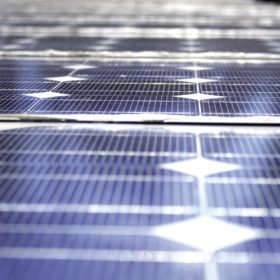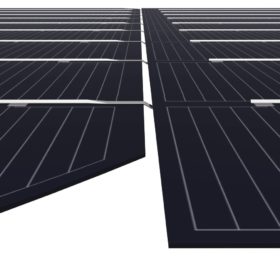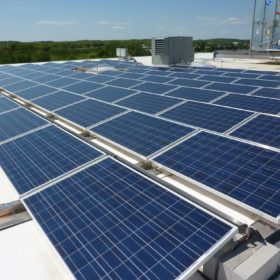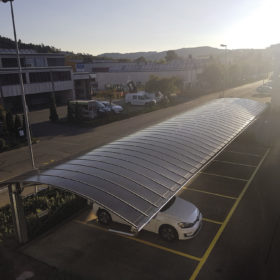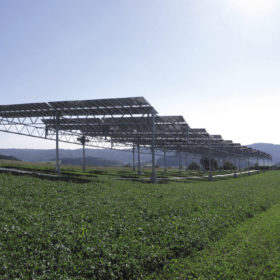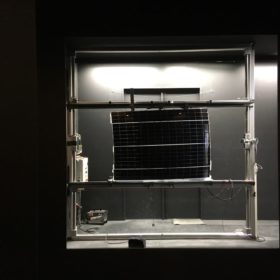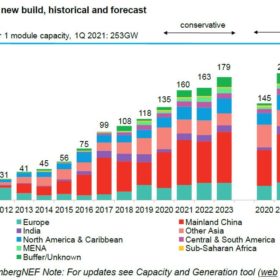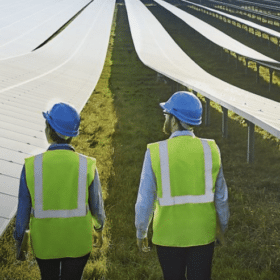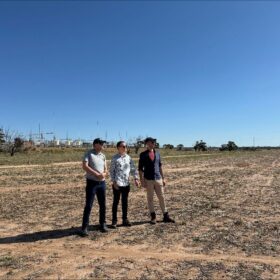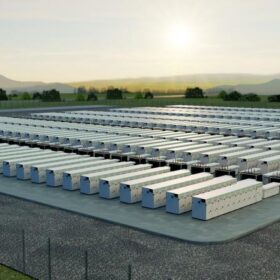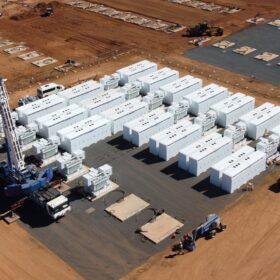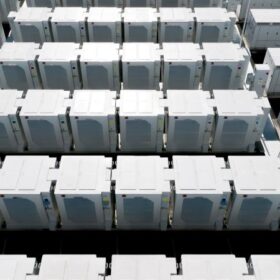Sunday read: Levelling the playing field
Tensions are heating up throughout the world over the issue of forced labor. Calls are increasing for supply chain transparency, and recently published EU draft legislation on corporate due diligence and accountability should improve upon the currently available voluntary measures, which have been described as largely ineffective. With this in mind, pv magazine’s UP Initiative will spend the second quarter of 2021 looking at what solar and energy storage companies can do to lead by positive example when it comes to the workers who are involved in the production of their products and services.
Saturday read: Clever by half
Enhanced module appearance and power output can be achieved by a smart cell interconnection technique Longi is employing in its Hi-MO5 module series. But as with all new technologies, there are potential pitfalls.
Hybrid operational strategy to use lithium-ion storage in commercial PV arrays
Lithium-ion batteries can not only improve self-consumption in commercial PV systems but are also able to efficiently perform peak shaving and price arbitrage, according to an international research group which has proposed a new strategy to calculate the best system configuration in terms of costs and revenue. The scientists specified, however, that the novel strategy may become effective only if storage system prices will drop under $250/kWh.
Sunday read: Unlocking lightweight, flex applications
Not all rooftops can bear the weight of glass PV modules. Some others have curves and shapes ill-suited to uniform, bulky panels. Flexible modules have long been advanced as the solution here, however the keys to unlocking this potential have proven elusive.
Saturday read: Solar’s flexibility can be agriculture’s gain
Both solar and the farming industry are beginning to see potential in the combined use of land for food production and energy generation. And as innovators begin to experiment with different forms, it’s becoming clear that in most cases it is solar that will have to bend to the needs of agriculture, and not the other way around, to ensure a positive outcome.
Vehicle-integrated PV reduces EV charging time in sunny regions by 40%
Dutch scientist Bonna Newmann spoke with pv magazine about the present and future of vehicle-integrated PV from a technological and economic perspective. Solar panels installed on cars could have a payback time of only three or four years and ensure 10,000 km of pure PV-generated road travel per year, she said. Furthermore, if you live in a sunny place, you can drive an electric car with solar panels for weeks during summertime, without the need for recharging, she pointed out.
BloombergNEF expects up to 209 GW of new solar for this year
A new report from the U.S.-based analyst predicts that new PV additions for 2021 may range from 163 to 221 GW next year and from 179 to 240 GW in 2023. According to BloombergNEF, the current supply bottlenecks for glass and polysilicon will unlikely halt the global PV market.
PV can cover almost half of typical office buildings’ electricity demand
Scientists in Germany have estimated that roof and facade PV systems can cover almost 40% of the total requirements of a standard office building, assuming that no battery storage is installed.
The weekend read: The race for green hydrogen
Large swaths of low-cost land: check. Lots of sun and wind: check. The ability to transport green hydrogen cost-effectively to energy importing economies: check. Then you’re in the race to become one of the “renewable energy superpowers” of the low-carbon economy. A growing number of countries are assessing their renewable resources and natural attributes and positioning themselves to become green hydrogen exporters. However, not all are created equal.
Macquarie’s second renewable energy fund raises $2.5b for large-scale investment
Macquarie owned Green Investment Group’s Renewable Energy Fund 2 has far exceeded its own expectations by raising over AUD$2.5 billion in investment commitments for large-scale solar and wind projects all over the world, including Australia.
